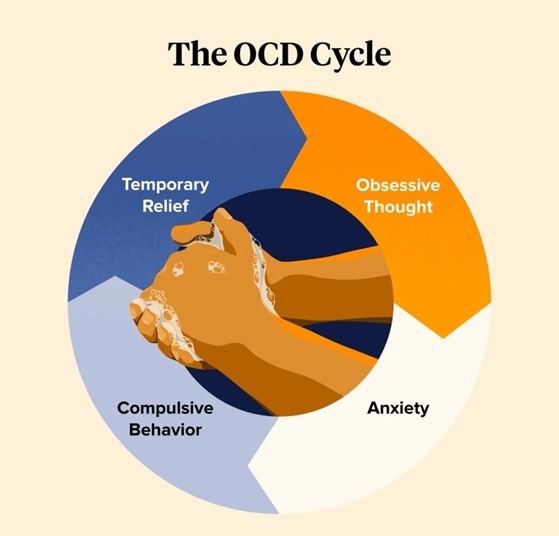A nurse is caring for a patient who has a traumatic brain injury. Which of the following findings should the nurse identify as an indication of increased intracranial pressure (ICP)?
Amnesia.
Tachycardia.
Altered level of consciousness.
Hypotension.
The Correct Answer is C
Altered level of consciousness (LOC). Increased ICP can cause decreased LOC or changes in mental status, including confusion, agitation, or coma.
Options A, amnesia, and B, tachycardia, are not necessarily indicative of increased ICP, while option D, hypotension, is actually a sign of decreased ICP. Monitoring for elevated ICP is critical in patients with traumatic brain injury, and early recognition and intervention can be lifesaving. The nurse should report any changes in the patient's level of consciousness or other neurological symptoms to the provider immediately.
Nursing Test Bank
Naxlex Comprehensive Predictor Exams
Related Questions
Correct Answer is B
Explanation
Whether the client is a danger to herself or others. When a client is involuntarily admitted to a mental health unit, they are held for an initial period of 72 hours for evaluation and treatment. Afterward, a determination must be made as to whether or not the client is still a danger to themselves or others to keep them in the hospital.
Choices A, C, and D do not address the primary concern of ongoing safety for the client and others.

For choice A, the client's financial status or their ability to pay for prescribed medications is not relevant to their safety or need for hospitalization.
For choice C, the client's ability to make arrangements to stay with someone is important for discharge planning but not for determining their need for ongoing hospitalization.
Finally, for choice D, whether the client is unwilling to accept treatment is important, but not the sole determining factor as to whether they are a danger to themselves or others.
Correct Answer is ["B","D","E"]
Explanation
The client with OCD may experience difficulty relaxing and often feels tense, anxious, and irritable. They may engage in rule-conscious behavior and exhibit perfectionist tendencies, as well as experience compulsive behaviors. These behaviors may be time-consuming and interfere with daily activities.

Option A is incorrect because irrational fear of certain objects is more indicative of a phobia than OCD.
Option C is incorrect because clients with OCD are usually aware of their compulsions and may even try to resist them.
Reasons why the other options are not correct answers:
Option A: Irrational fear of certain objects is more indicative of a phobia than OCD.
Option C: Clients with OCD are usually aware of their compulsions and may even try to resist them.
Whether you are a student looking to ace your exams or a practicing nurse seeking to enhance your expertise , our nursing education contents will empower you with the confidence and competence to make a difference in the lives of patients and become a respected leader in the healthcare field.
Visit Naxlex, invest in your future and unlock endless possibilities with our unparalleled nursing education contents today
Report Wrong Answer on the Current Question
Do you disagree with the answer? If yes, what is your expected answer? Explain.
Kindly be descriptive with the issue you are facing.
